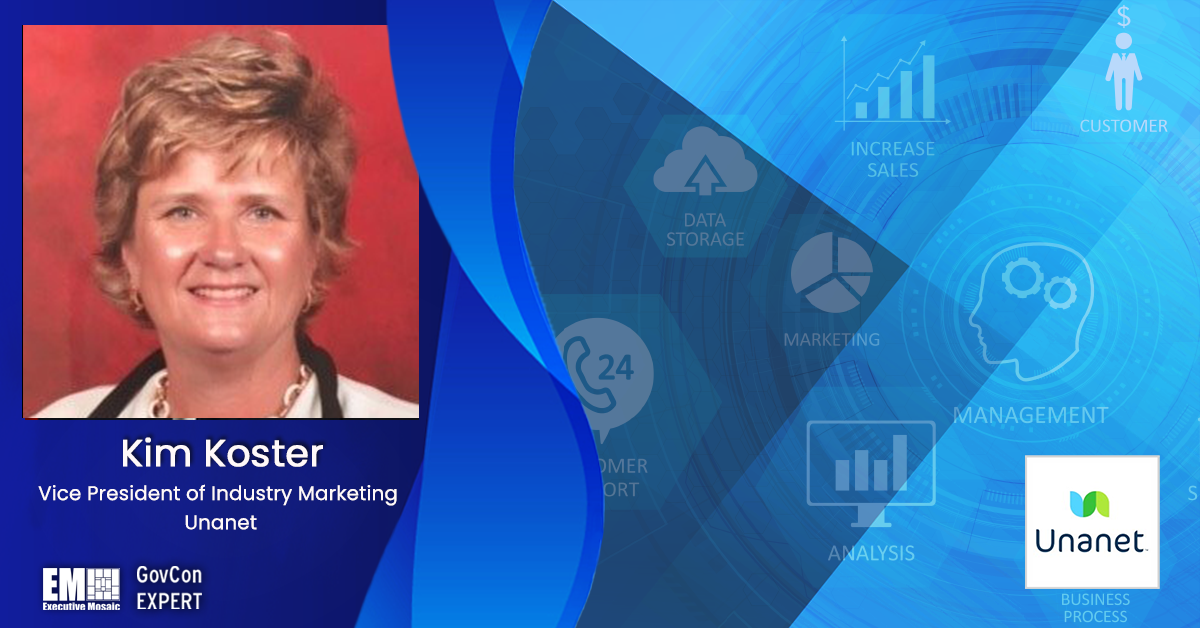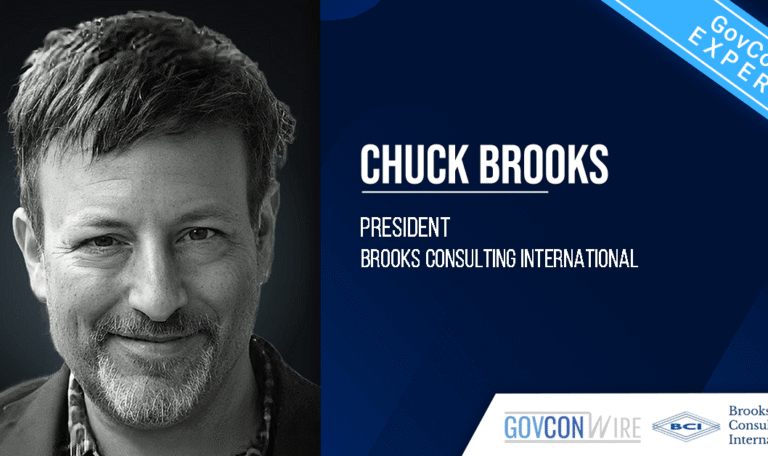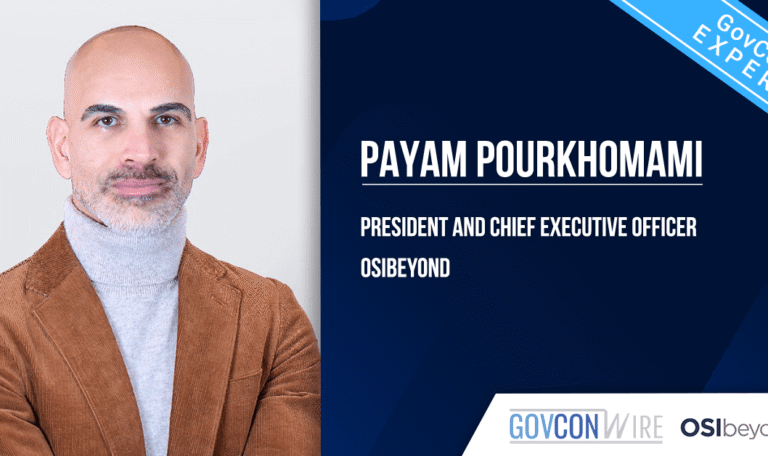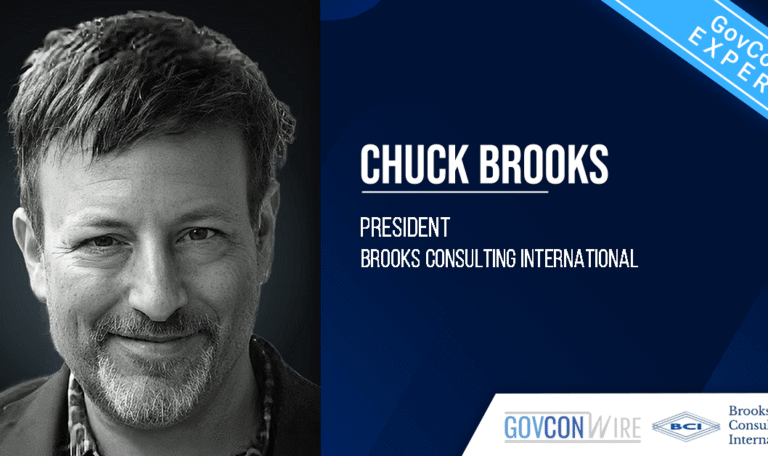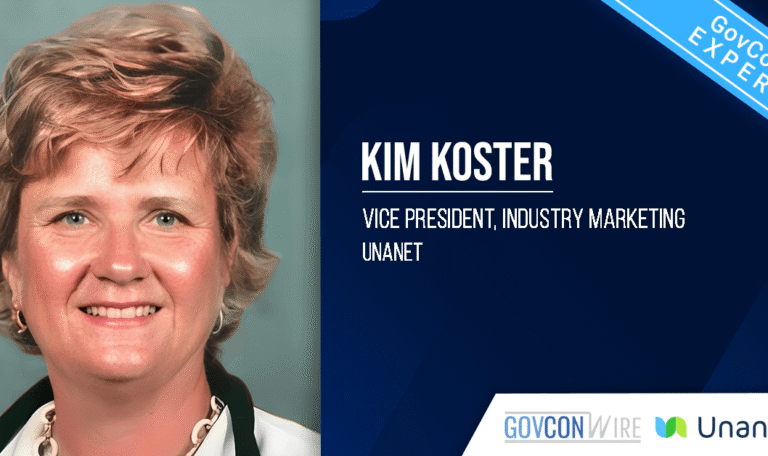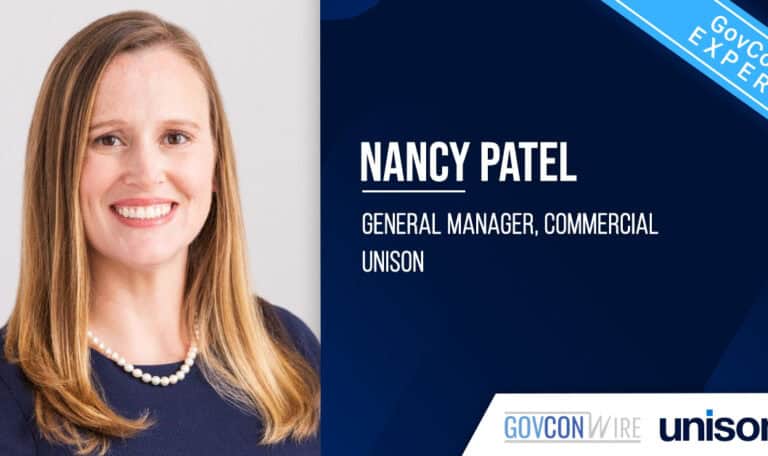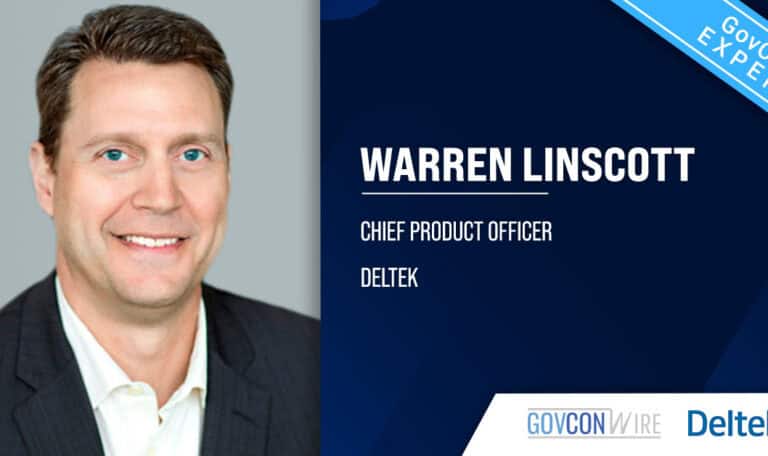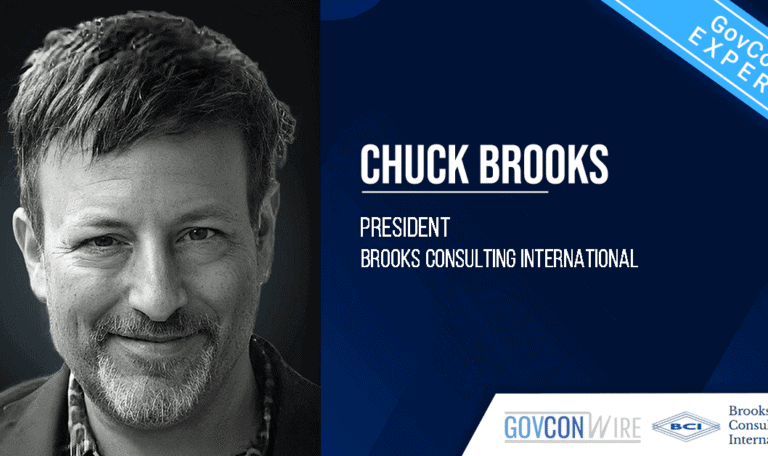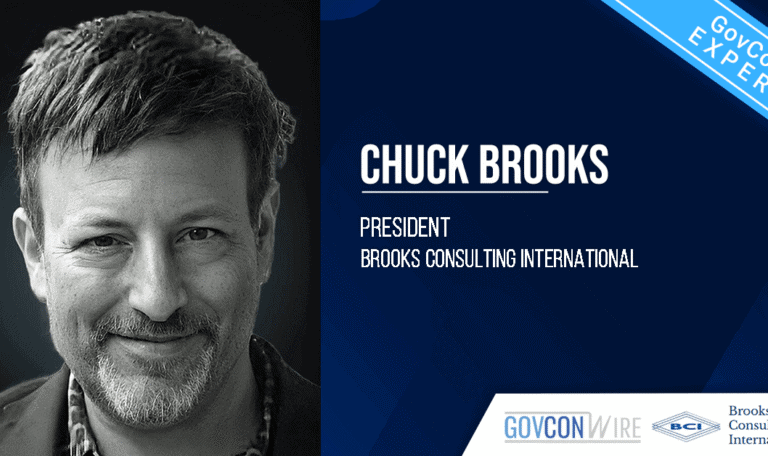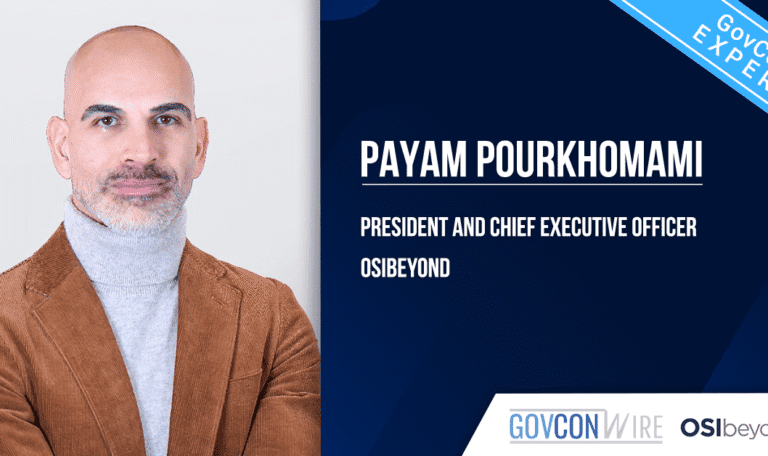by Kim Koster, VP of Industry Marketing at Unanet
When a government contracting firm’s executive team creates their to-do list for a given year, devising an annual operating plan, or AOP, is likely near the top of that list. So is updating the company’s long-range plan, or LRP. The AOP provides the necessary near-term financial forecast to guide their operational decision-making and target-setting for the year ahead, while the LRP offers a longer-range blueprint for a firm based on financial forecasts for the next three to five years.
There’s another planning item that should be high on that to-do list — one that goes hand-in-hand with a GovCon firm’s AOP, LRP and annual budgeting. It’s called profit planning, and firm leaders who don’t do it set themselves up for some serious disappointment when the firm’s profit and loss statement doesn’t turn out the way they expected.
I recall a story that a GovCon industry colleague shared with me recently. He was sitting with a GovCon firm’s CEO, talking casually about how business was going for the company. Suddenly the CEO paused, locked eyes with my colleague and said, “’I have 20 project managers and they’re all superstars. They’re great at what they do. So how come my company is losing money?’”
At that point the discussion turned to the dynamics and timing of actual and provisional rates, and other esoteric but meaningful factors that impact a firm’s profit margins both short and long term. My colleague says he thought to himself, “For all the great work this firm does, I’ll bet they don’t do profit planning.” Discretion kept my colleague from asking the CEO if that was the case, and the conversation soon headed off in another direction. But my colleague knew then what the CEO apparently didn’t: that profit planning matters.
In fact, for government contracting firms, no matter their size, profit planning is a must. Firms that do it, and do it well, develop a profit plan for each fiscal year well before the year starts. As a result, they are more likely to post bottom-line results that meet or exceed expectations. Their CEOs understand exactly why the firm is making or losing money. And more often than not, their bottom line is solidly on the plus side of the ledger.
What profit planning looks like
Profit planning involves a set of actions or steps that a firm defines and implements with the goal of hitting a profitability target. To have the best chance of succeeding, the plan should be formalized as an ‘official’ written document, then socialized so the right people within a firm are fully aware of the profitability target, and the prescription for hitting it.
Too often, a firm’s executive team settles for informal, off-the-cuff profit planning based on their gut feel for market factors. They pass along a profit benchmark to project managers and functional leaders, often with little substance to support it. Effective profit planning is the product of a collaborative, information-driven process in which leaders solicit input from all the key players — PMs, functional leaders, HR and others. The plan is then developed based on that input and in consultation with those key players. While profit planning may be initiated from the very top, it’s highly informed and shaped by people in the organization who have insight into the profitability of individual projects and lines of business.
The reality is, an executive team can push people to hit a 10 percent profit benchmark, but if most of the firm’s projects are delivering projects at profit margins closer to 5 percent, that 10 percent target simply won’t be attainable.
Five best practices to implement
So, if committing to doing profit planning each year is best practice number one, then involving your team in profit planning is best practice number two. Ultimately, you want a plan that’s based on solid, current information from the right people across the business. You want your PMs to provide realistic profit projections for the projects they oversee. Their projections will ultimately tell leadership whether the top-down target is realistic given the firm’s current mix of business and cost of performance.
Discussions like those triggered by profit planning can carry great strategic decision-making value for a firm. They can help leadership understand why they need to either adjust expectations or find ways to adjust the firm’s portfolio to hit the desired profit target.
Among the other factors to consider during the profit planning process to ensure a realistic end target:
- Strength of the firm’s revenue forecast
- Strength of the firm’s volume forecast
- The degree to which the firm’s new business pursuits are target-smart
- Firm’s agency and customer focus
- Success of the firm’s recruiting and retention efforts
- The accuracy and timeliness of the resource planning process — Are resources aligned for both current and planned new projects?
- Project rates, including indirect and direct labor, and for the projected provisional rates
- Strategic growth plan — Are new products, lines of business or markets in the firm’s plans?
- The contract type mix in the company portfolio, taking into account regulatory and statutory profit or fee limits
- The changes in workforce structure with each recompete
Another thing to keep in mind during the profit planning process and best practice number three: projects are interdependent in terms of performance. If one project underperforms relative to projections, that will likely affect how other projects perform and puts additional pressure on the firm to win more new business.
Now let’s turn to the metrics part of the profit planning equation and best practice number four: to plan well, measure well. Profit planning involves analyzing past performance, how the firm is faring financially and what the future looks like. Measuring well means:
- Identifying the most critical key performance indicators that will get you to your goal. Cash, indirect rates, win rates, revenue and growth are the “big five” for many firms.
- Understanding that other metrics are important, but they will likely feed the key metrics already identified.
- Looking at how each contract is performing. Project metrics center around on-time and on-budget KPIs and they have to be measured from the bottom up.
- Looking closely at DSO (days sales outstanding) and invoice cycles to minimize borrowing cost
Finally, align with longer-term firm strategy using best practice number five: Take a close look at your firm’s revenue forecast one, three and five years out to thoroughly understand what’s on the horizon in terms of new business and competition.
With a true profit plan, one that follows these guidelines and best practices, your firm’s executive team members are giving themselves the gift of a highly valuable benchmark — a compass to guide their decision-making, and a way to avoid seeing red on the next firm income statement.
Gain more valuable insights into the latest trends and best practices for the GovCon industry in the most recent GAUGE report by downloading here.


